 Sequence from the movie Psycho |
Investigators:
Prosenjit Bose,
Robert Laganiere,
Anthony Whitehead.
Cut Detection
Reliable shot boundary detection forms the cornerstone for video segmentation applications
as shots are considered to be the elementary building blocks that form complete video sequences. Applications
such as video abstraction, video retrieval and higher contextual segmentation all presuppose an accurate solution to the
shot boundary detection problem. Automatic recovery of these shot boundaries is an imperative primary
step, and accuracy is fundamentally necessary.
 Sequence from the movie Psycho |
The papers:
Whitehead A., Bose J., Laganière R.,
"Feature based cut detection with automatic threshold selection,"
Int. Conf. on Image and Video Retrieval,
Dublin, Ireland, pp.410-418, July 2004.
Whitehead A.,
"Fast Feature-based Video Segmentation and Annotations,"
Int. Symposium on Signal Processing and Applications,
Paris, France, July 2003.
You might also want to look at these
interesting references.
Approach Outline:

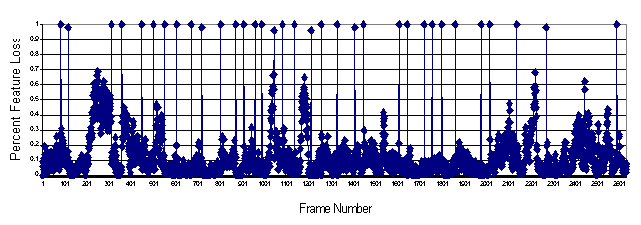
The data set:
| Label* | Video | Characteristic of video data | Genre |
| A | |
Cartoon clip. Substantial object motion. | Cartoon |
| B | | Substantial object motion. This clip is taken from a film where a blue filter was used to simulate low lighting conditions. | Action |
| C | 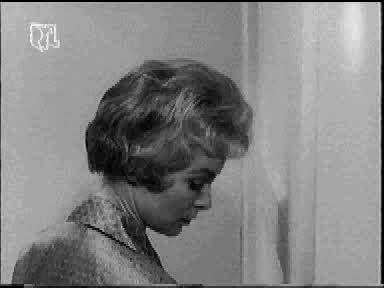 | Black and white movie. Substantial action and motion. Many close proximity cuts. | Horror |
| D | 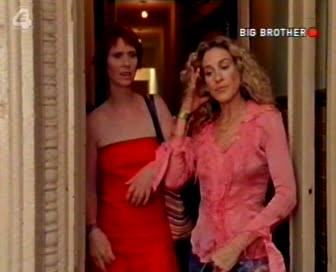 | High quality digitisation of a television show. | Drama |
| E | 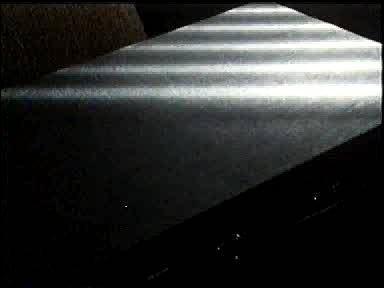 | Low quality digitisation of a television show. | Science-Fiction |
| F | 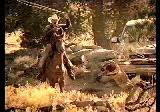 | Commercial, no cuts, quick motion, many production effects. Meant to show that dissolves are not mistakenly classified as cuts. | Commercial |
| G | 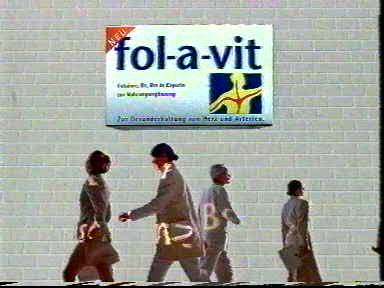 | Commercial sequence from the MOCA Project. | Commercial |
| H | 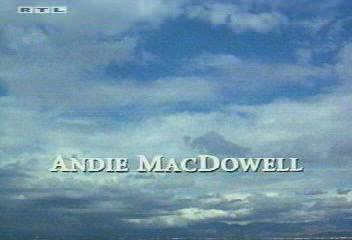 | Video abstract from the MOCA Project. | Comedy/Drama |
| I |  | News Sequence from the MOCA Project. | News/Documentary |
| J | 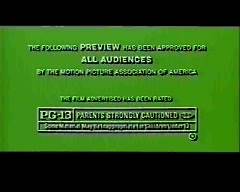 | Trailer for a film. This clip has many computer generated features, many close proximity cuts. | Trailer/Science-Fiction/Action |
The results:
| True Cut | True Non-Cut | |
| Classified as Cut | True positive T+ | False positive F+ |
| Classified as Non-Cut | False negative F- | True negative T- |
 |  |
 |  |
 |  |
|
|
Proposed feature
tracking method |
Pixel Based
method with localization |
Histogram MethodCut
Det (MOCA) |
||||||
|
Data
Source |
Precision |
Recall |
F1 |
Precision |
Recall |
F1 |
Precision |
Recall |
F1 |
|
A |
1 |
1 |
1 |
1 |
1 |
1 |
1 |
1 |
1 |
|
B |
1 |
1 |
1 |
.825 |
.825 |
.825 |
1 |
.375 |
.545 |
|
C |
.595 |
.870 |
.707 |
.764 |
.778 |
.771 |
.936 |
.536 |
.682 |
|
D |
1 |
1 |
1 |
1 |
1 |
1 |
1 |
.941 |
.969 |
|
E |
.938 |
1 |
.968 |
.867 |
.867 |
.867 |
.955 |
.700 |
.808 |
|
F |
1 |
1 |
1 |
0 |
0 |
0 |
1 |
1 |
1 |
|
G |
.810 |
.944 |
.872 |
.708 |
.994 |
.809 |
1 |
.667 |
.800 |
|
H |
.895 |
.895 |
.895 |
.927 |
1 |
.962 |
.971 |
.895 |
.932 |
|
I |
1 |
1 |
1 |
1 |
1 |
1 |
1 |
.500 |
.667 |
|
J |
.497 |
.897 |
.637 |
.623 |
.540 |
.591 |
.850 |
.395 |
.540 |
|
AVG |
.874 |
.961 |
.908 |
.774 |
.800 |
.783 |
.971 |
.701 |
.794 |
|
VAR |
.034 |
.003 |
.018 |
.090 |
.101 |
.093 |
.002 |
.060 |
.036 |
|
STD. DEV |
.185 |
.054 |
.134 |
.301 |
.318 |
.304 |
.048 |
.246 |
.190 |
The tool:
Note: our results are as obtained using automatic thresholding. Better results could have been obtained by manually selecting
an optimal threshold for each sequence as we did for the other methods.
The tool:
The VidSegPick software tool for segmenting videos can be found here